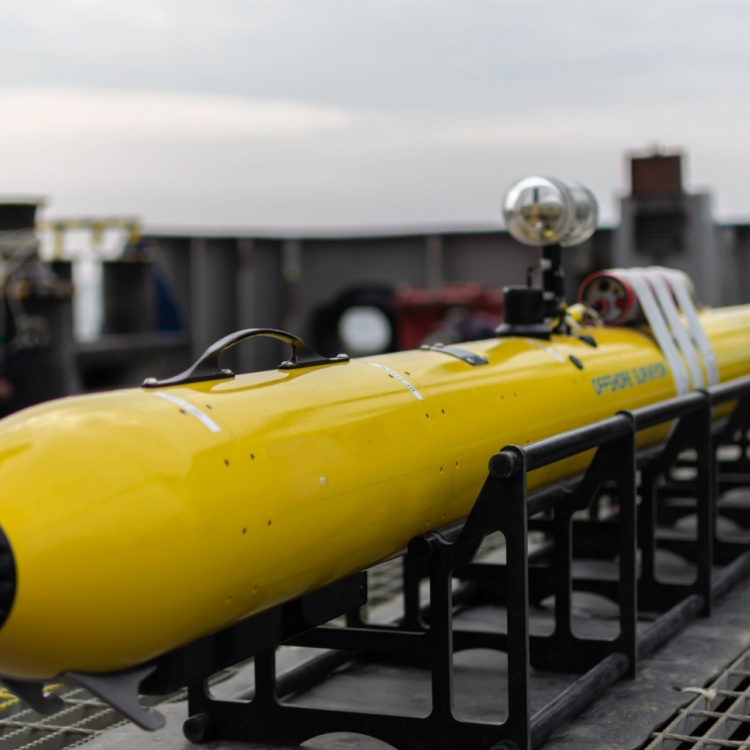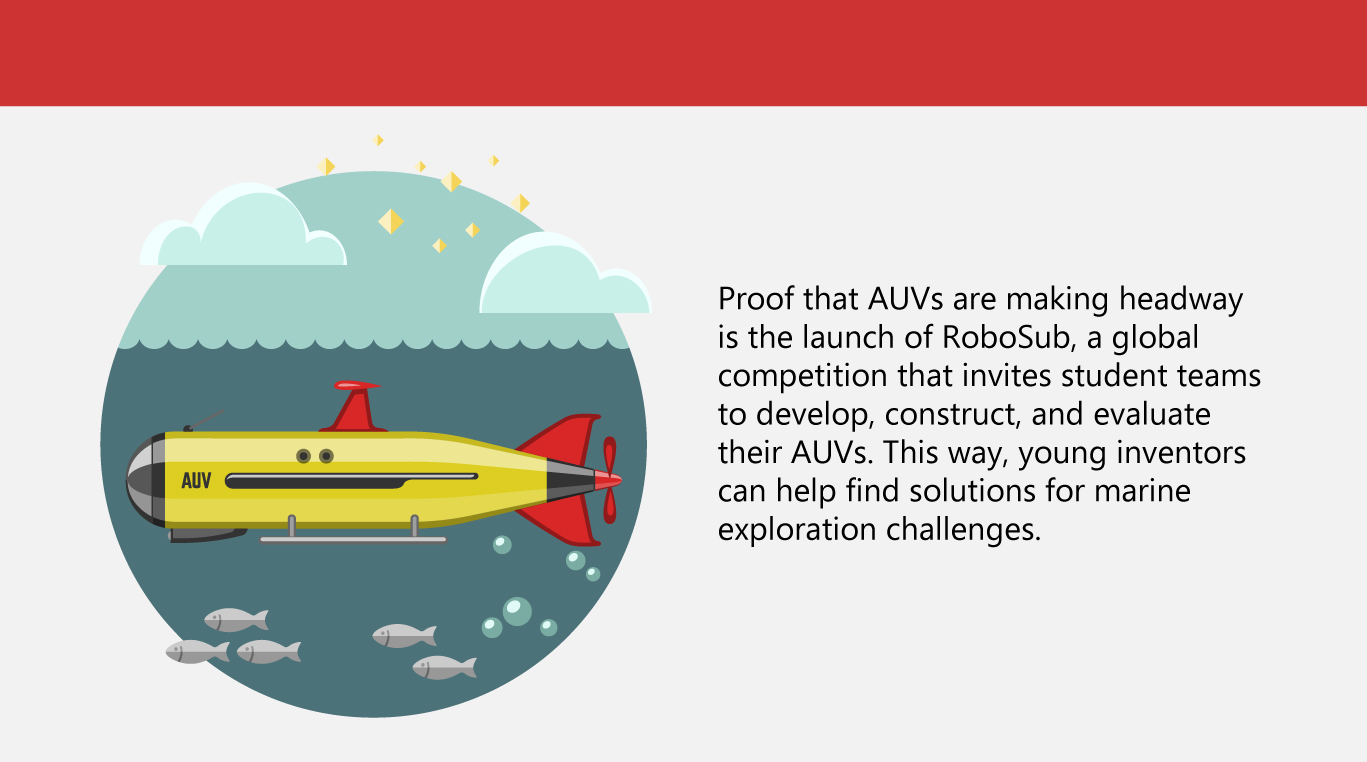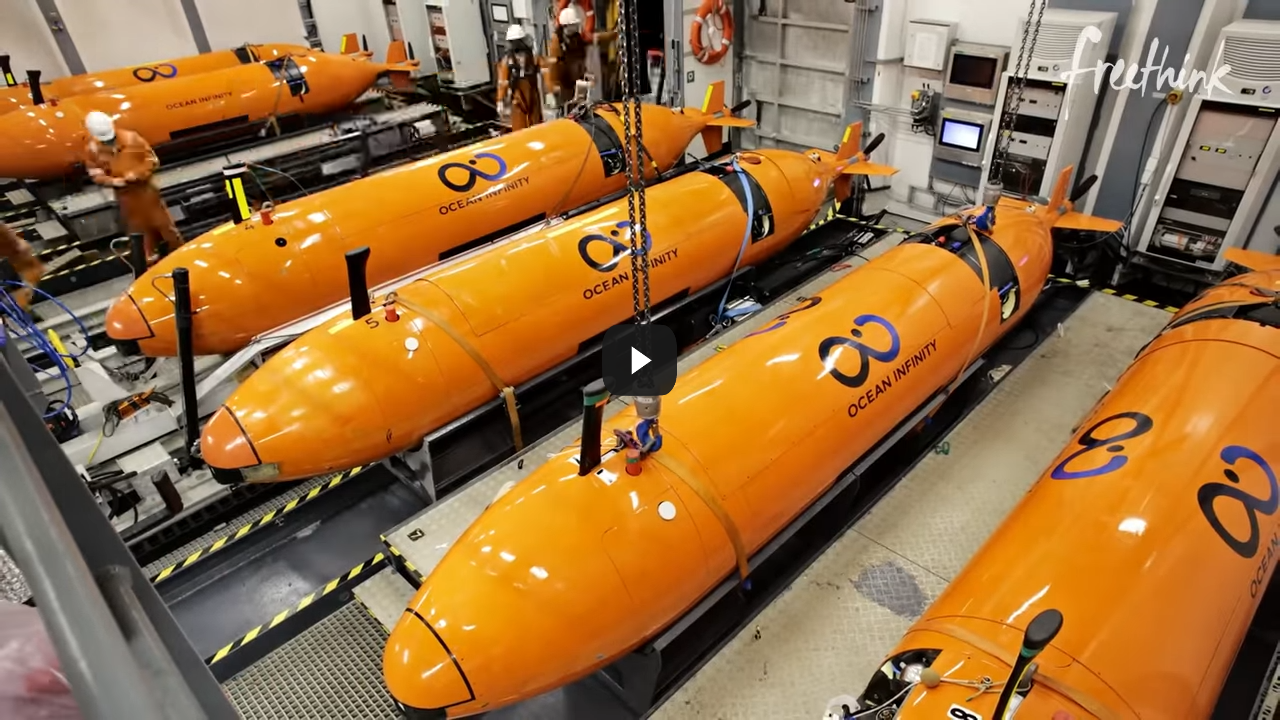Learn the Top 5 Benefits of AUVs

Autonomous Underwater Vehicles (AUVs) claim their spot in one of the world's most important tech creations, changing how we understand the underwater landscape. These automated vehicles use the latest self-navigation technologies to explore the deep with remarkable accuracy and proficiency. Now, AUVs are applied to various fields, from scientific and environmental endeavors to commercial and military use.
AUVs were first developed in 1957 by the University of Washington as a self-propelled underwater research vehicle (SPURV) to investigate particle dispersal and sound transmission underwater. At that time, AUVs were focused on marine studies and combat applications.
When we entered the 2000s, AUVs steadily became popular among marine scientists, particularly those mapping and monitoring the ocean floor.
It's no wonder, then, that the market is rapidly growing. From US$1.5 billion in 2022, the AUV industry is projected to hit over US$9 billion in 2030. This pegs its Compound Annual Growth Rate at more than 25% within the 7-year forecast period.
What is an Autonomous Underwater Vehicle (AUV)?
AUVs function without human-guided control through sensors, cameras and other navigation instruments. These self-driving underwater vehicles have specific tasks and are able to process real-time data for decision-making. These capabilities make them well-suited for monotonous and extended duties, such as:
• Security & defense
• Environment preservation & surveillance
• Archeology
• Oil & gas exploration
• Maritime studies
• Search & rescue
AUVs have a wide range of capacities, sizes and weights, from tens of kilograms to several thousand kilograms. The majority use lithium-ion batteries, and the duration of AUV deployment depends on battery capacity.
Because industries are adopting AUVs, investments are pouring in, encouraging more businesses to supply AUVs and services. With increased market competition, AUV technologies are evolving fast.
North America is the market leader due to initiatives in military activities, ocean-based energy and marine research. Europe has witnessed a surge in AUV adoption, with France, Norway, and the UK dominating oil and gas probes and marine research. Meanwhile, the Asia Pacific market is set to grow because of maritime security issues and the growth of offshore businesses in Australia, Japan, and China.
Top 5 benefits of AUVs
Why are AUVs steadily gaining traction? They offer several benefits that propel industry growth through various activities, such as mine detection, ship monitoring, marine data gathering and more.
-
Versatility
AUVs may be customized according to their mission. Specific payloads, instruments, and sensors are fitted to an AUV to ensure its suitability to the task at hand. Their designs make them highly navigable underwater, letting them maneuver in challenging aquatic landscapes. These vehicles can adjust trajectories whenever necessary and can conduct a wide range of jobs.
-
Personnel safety
Using AUVs reduces the need for subjecting humans to underwater dangers and lessens the risk of accidents and fatalities involved with marine operations. Operators can monitor the AUVs' journeys from a safe distance, which further boost personnel security. AUVs can also identify underwater hazards and conditions, helping operators prepare for possible risks and craft safety plans.
-
Reduced operating expenses
AUVs are unmanned, lowering costs for training and maintaining crew personnel. Compared to crewed vessels, AUVs usually need less fuel because they operate on rechargeable batteries or energy-efficient systems. Additionally, AUVs can function for long periods without rest, resulting in labor and fuel savings.
-
Continuous innovation
Tech improvements in AUVs include more efficient sensors, navigation and communication capabilities, and power sources. Meanwhile, manufacturers are building smaller components, allowing for more compact and agile AUVs. With artificial intelligence (AI) advancements, AUVs make better decisions, letting them complete more complex missions.
-
Emerging applications
As technology evolves, more AUV applications are added to the list. For example, AUVs can inspect and maintain underwater infrastructure such as offshore platforms, cables, and pipelines. Their capabilities can extend to monitoring renewable energy structures like those for Ocean Thermal Energy Conversion (OTEC). Submerged cultural heritage sites such as shipwrecks and archaeological sites can be preserved with the use of AUVs.
Examples of AUVs
Some tried-and-tested AUVs have been making waves in different fields, proving their remarkable capabilities that translate into practical use.
A18-M
Manufacturer: Exail (France)
Introduced in: 2018
This medium-size AUV (less than 700 kilograms) was originally developed for mine countermeasures. However, it is also recommended for search and rescue operations and coastal monitoring. Because of its compact size, an Unmanned Service Vehicle (USV) can launch it, while an exclusive underwater catching system can recover it even in extreme conditions. Its latest-generation sensors ensure high-quality images, making it ideal for military applications.
Sentry
Manufacturer: Woods Hole Oceanographic Institution (US)
Introduced in: 2006
This automobile-sized AUV can dive into depths of almost 20,000 feet while carrying equipment that gathers images, samples and readings. Its purpose is primarily for marine research, mapping potential underwater locations for a US-based observatory. During the Gulf of Mexico oil spill in 2010, Sentry was deployed 19 times to investigate the oil plume beneath the water, providing data on its positions and chemical compositions.
AUVs used in Projeto Asul
Manufacturers: Shell Brazil, Laboratory for Computational Methods in Engineering, PROOCEANO (Brazil)
Introduced in: 2013
Shell Brazil funded Projeto Asul, part of the Brazilian National Agency of Petroleum, Natural Gas and Biofuels' product research and development. The project employed sensors, surface drifters, Lagrangian floats, and underwater gliders that were introduced for the first time in Brazilian seas. Projeto Asul was mainly developed for oil and gas exploration, but the gathered data figured significantly in scientific articles, theses, and dissertations. Despite these developments, the industry faces challenges that impede its growth. One of these is the high upfront costs needed to create and deploy AUVs. Besides product research and development, AUVs require custom hardware, advanced sensors, and complex communication networks.
Despite these developments, the industry faces challenges that impede its growth. One of these is the high upfront costs needed to create and deploy AUVs. Besides product research and development, AUVs require custom hardware, advanced sensors, and complex communication networks.
Recession concerns also limit industry investments and funding. Some companies may hold off using AUVs for their operations because of financial restrictions. Meanwhile, geopolitical conflicts may affect supply chains and maritime exploration.
Oceans are highly turbulent and unpredictable, so AUVs must continuously improve their robustness. While data may be challenging to gather underwater, large data sets are necessary for AI training, enabling AUVs to enhance their independent decision-making.
However, with technologies constantly evolving, the global manufacturing industry for AUVs may find solutions to these challenges. In time, the AUV market may be a key player in the fast-expanding blue economy. As one of the Top 20 EMS companies in the world, IMI has over 40 years of experience in providing electronics manufacturing and technology solutions.
As one of the Top 20 EMS companies in the world, IMI has over 40 years of experience in providing electronics manufacturing and technology solutions.
We are ready to support your business on a global scale.
Our proven technical expertise, worldwide reach, and vast experience in high-growth and emerging markets make us the ideal global manufacturing solutions partner.
Let's work together to build our future today.
Other Blog


